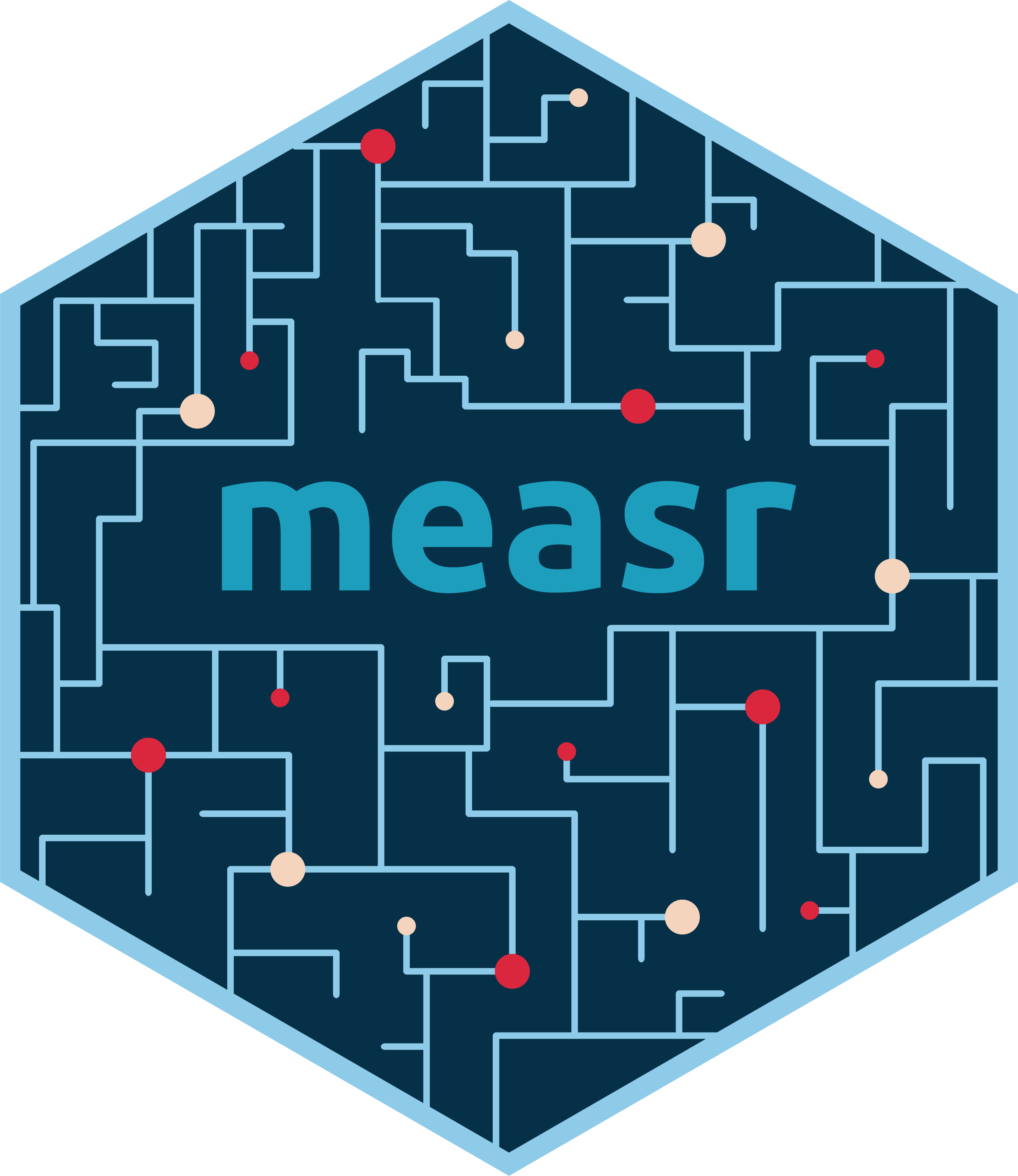Modeling attribute
relationships in diagnostic
models
With the R package measr
W. Jake Thompson, Ph.D.
Data: ECPE
- 28 items, measuring 3 attributes
- Lexical, cohesive, and morphosyntactic language skills
- Used by Templin & Hoffman (2013) to demonstrate the LCDM
- Templin & Bradshaw (2014) proposed a hierarchy among the attributes
- Lexical -> Cohesive -> Morphosyntactic
- Available in the dcmdata package
Specify a DCM with measr
- Unconstrained model with all possible profiles
- Constrained model that enforces the proposed hierarchy
Estimate the competing models
- The measr package wraps Stan for model estimation
mod_lcdm <- dcm_estimate(
lcdm_spec,
data = ecpe_data, identifier = "resp_id",
iter = 1500, warmup = 1000, cores = 4
)
mod_hdcm <- dcm_estimate(
hdcm_spec,
data = ecpe_data, identifier = "resp_id",
iter = 1500, warmup = 1000, cores = 4
)- 1
-
Supply your model specification to
dcm_estimate(). - 2
- Simply swap the model specifications to fit a competing model.
Compare profile base rates
- Only profiles that conform to hierarchy are included in the HDCM
Code
#> # A tibble: 8 × 3
#> class LCDM HDCM
#> <chr> <rvar[1d]> <rvar[1d]>
#> 1 [0,0,0] 0.2976 ± 0.0165 0.32 ± 0.014
#> 2 [1,0,0] 0.0119 ± 0.0062 NA ± NA
#> 3 [0,1,0] 0.0166 ± 0.0109 NA ± NA
#> 4 [0,0,1] 0.1281 ± 0.0199 0.14 ± 0.019
#> 5 [1,1,0] 0.0093 ± 0.0057 NA ± NA
#> 6 [1,0,1] 0.0184 ± 0.0099 NA ± NA
#> 7 [0,1,1] 0.1731 ± 0.0198 0.18 ± 0.019
#> 8 [1,1,1] 0.3451 ± 0.0169 0.35 ± 0.016Relative fit comparisons
- Model comparisons with relative fit indices such as leave-one-out cross validation (Vehtari et al., (2017))
#> elpd_diff se_diff
#> LCDM 0.0 0.0
#> HDCM -3.7 4.7- Because the difference in the
elpd_diffis small (i.e., <se_diff), we would prefer the HDCM- Many fewer parameters, more parsimonious
https://measr.info
Acknowledgements
The research reported here was supported by the Institute of Education Sciences, U.S. Department of Education, through Grants R305D210045 and R305D240032 to the University of Kansas Center for Research, Inc., ATLAS. The opinions expressed are those of the authors and do not represent the views of the Institute or the U.S. Department of Education.

